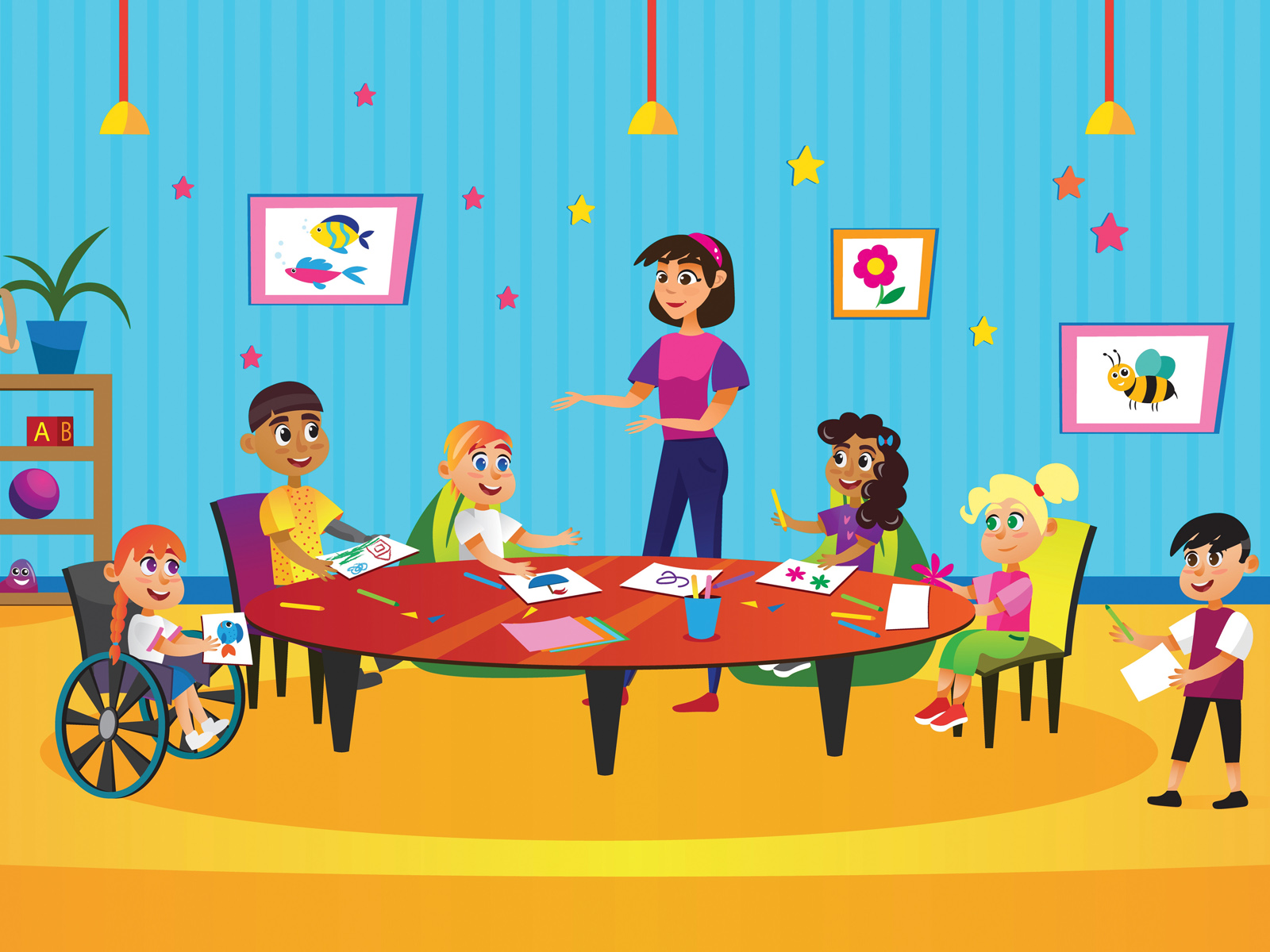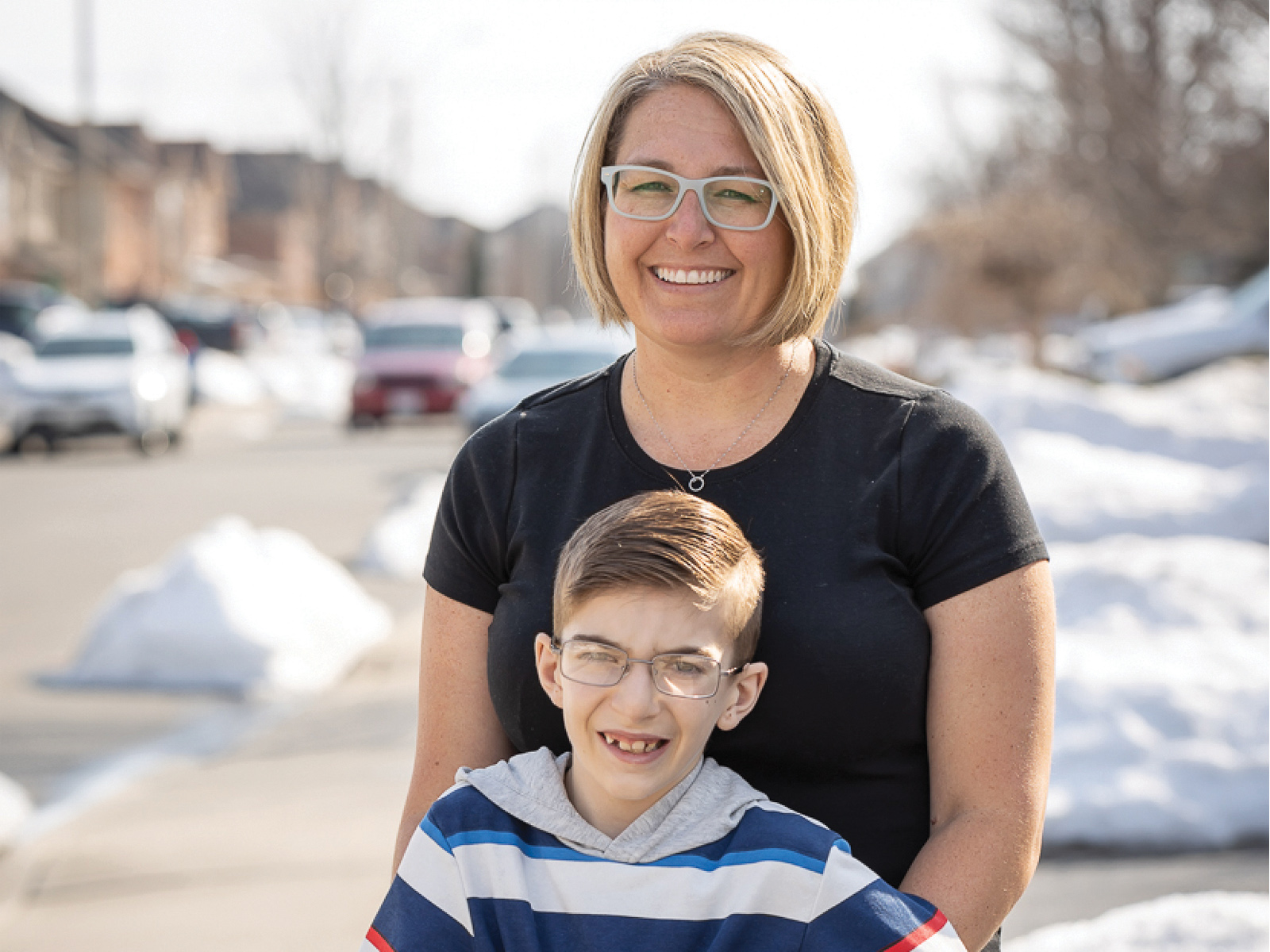More than a fifth of children aged 12–18 years say they have been bullied at school within the last month—and a significant portion of those children have disabilities.
Little research exists on how bullying rates for individual children  can change over time. Now, a University of Missouri researcher and bullying expert has determined that children with disabilities are victimized by bullying at a much higher rate over time than their peers without disabilities. The study also reveals that this discrepancy in victimization and bullying perpetration rates remains consistent as children age. Chad Rose, an assistant professor of special education at the MU College of Education, says this indicates that children with disabilities are not developing adequate social skills to combat the bullying.
can change over time. Now, a University of Missouri researcher and bullying expert has determined that children with disabilities are victimized by bullying at a much higher rate over time than their peers without disabilities. The study also reveals that this discrepancy in victimization and bullying perpetration rates remains consistent as children age. Chad Rose, an assistant professor of special education at the MU College of Education, says this indicates that children with disabilities are not developing adequate social skills to combat the bullying.
“This study points out the necessity for education programs to teach appropriate response skills,” says Rose. “Schools need to further develop their programs by tailoring social development goals for each student. Prior research has shown that children with disabilities, when bullied, may react aggressively when they lack appropriate response skills. Teaching these students how to communicate more effectively with their peers and with teachers can help them react to bullying in more positive ways, as well as prevent it from occurring at all.”
Over the course of three years, more than 6,500 children from grades 3–12 were surveyed about their experiences with bullying. Overall, 16 per cent of the children surveyed had disabilities, specifically learning disabilities, emotional disabilities and autism-spectrum disorders. Rose and Nicholas Gage, an assistant professor from the University of Florida who co-authored the study, found that overall bullying rates for kids across the board peaked in third grade, decreased drastically in middle school and then rose again during high school. However, while mirroring this trend, bullying rates for children with disabilities remained consistently higher than those for children without disabilities.
“Studying how individual children are victimized by bullying over time reveals that children with disabilities are not learning how to effectively respond to victimization,” says Rose. “As children continued to mature, we expected to see that they would slowly develop social skills that would help them combat victimization and close the gap, but that was not the case.”
Rose says that many schools have devoted less and less time over the years to teaching social skills to all students, in exchange for increased focus on common core subjects and standardized test preparation. Based on what has been learned, he is now calling for schools to refocus some of their efforts on teaching important social skills.
Reprinted with permission from munews.missouri.edu














